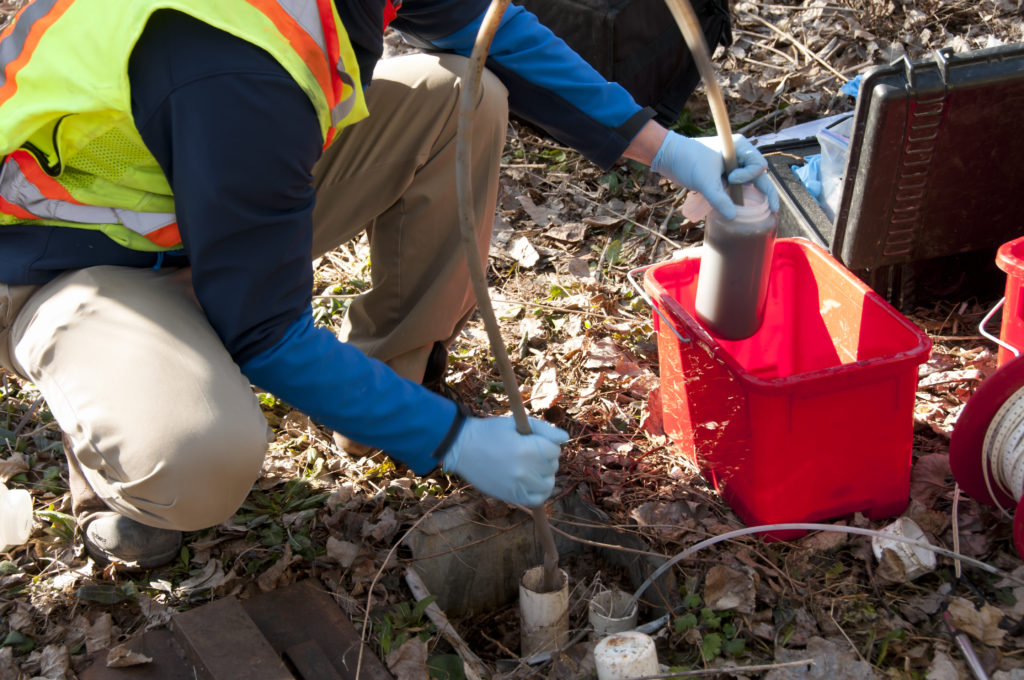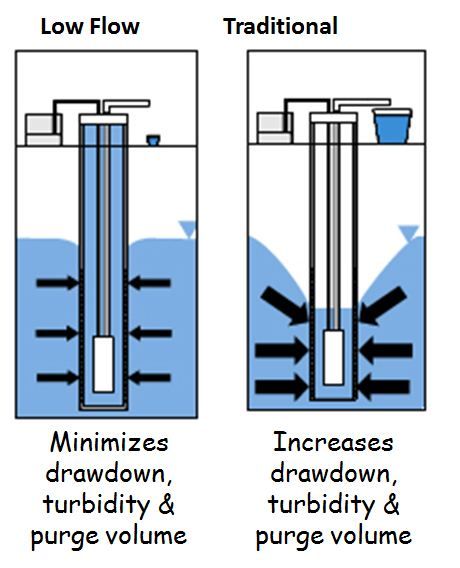 What is groundwater sampling?
What is groundwater sampling?
Groundwater sampling is done for a variety of reasons, including to meet regulatory requirements; waste disposal site monitoring; ambient groundwater quality monitoring; research; and general bacteriological and chemical quality monitoring. Each of these different objectives can result in a different set of protocols for sampling.
What is purging?
Purging is the process of removing stagnant water from a well, immediately before sampling, causing its replacement by groundwater from the adjacent formation that is representative of actual aquifer conditions. In order to determine when a well has been adequately purged, field investigators should monitor, at a minimum, the pH, specific conductance and turbidity of the groundwater removed during purging and, in the case of permanent monitoring wells, observe and record the volume of water removed.
The different types of purging are as follows:
- Traditional Hand Bailing- Hand bailing is employed to remove 3 well volumes, once well regenerates to 85% volume, samples will then be collected. This method would be employed where traditional grab sampling is pre-approved by the Environmental Protection Agency (EPA), the Texas Commission on Environmental Quality (TCEQ), and/or the Railroad Commission of Texas (RRC).
- Low Flow Pump- Low flow sampling is employed to collect discreet groundwater samples directly from the groundwater bearing unit by pumping purge water through a flow through cell equipped with a multi parameter anode. Measurements of pH, temperature, conductivity, dissolved oxygen, and turbidity are recorded in 5 minute increments until parameters stabilize, then the groundwater sample is collected. This method is preferred by the Environmental Protection Agency (EPA), the Texas Commission on Environmental Quality (TCEQ), and/or the Railroad Commission of Texas (RRC).

 What is groundwater sampling?
What is groundwater sampling?